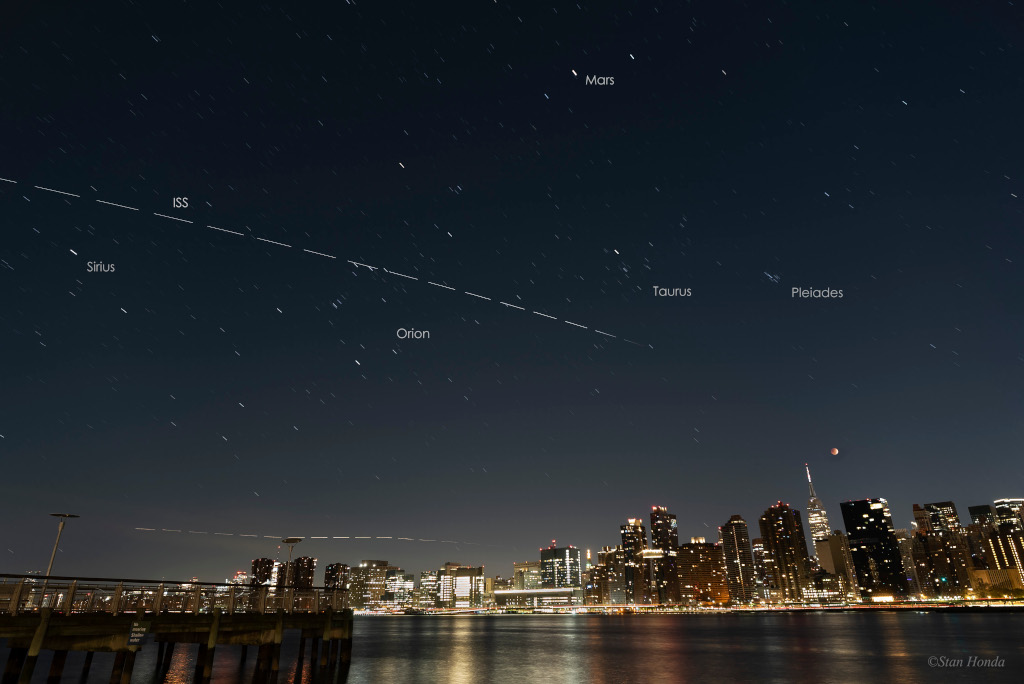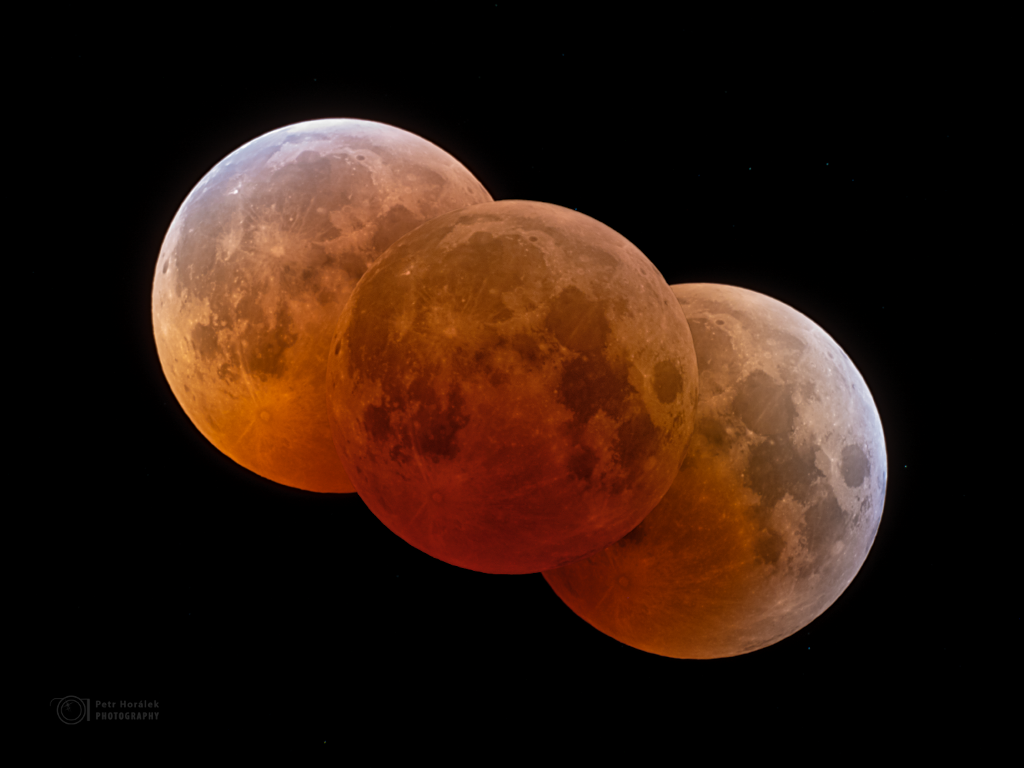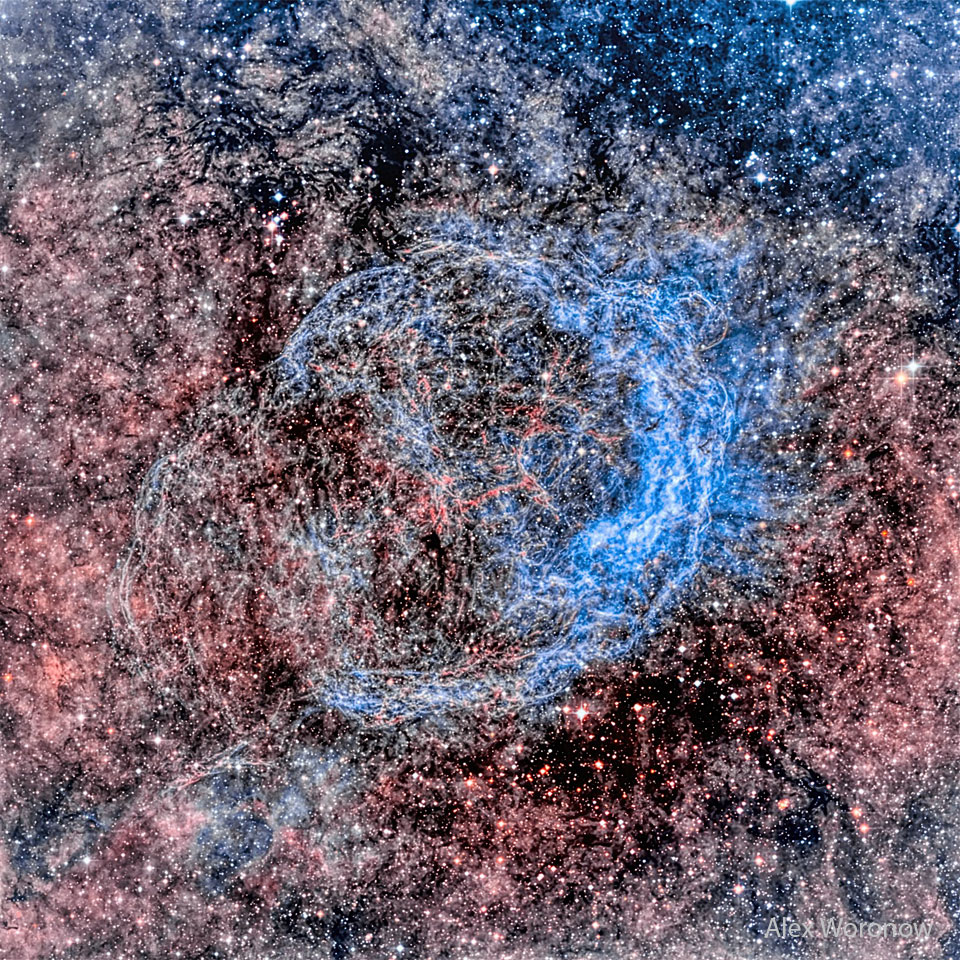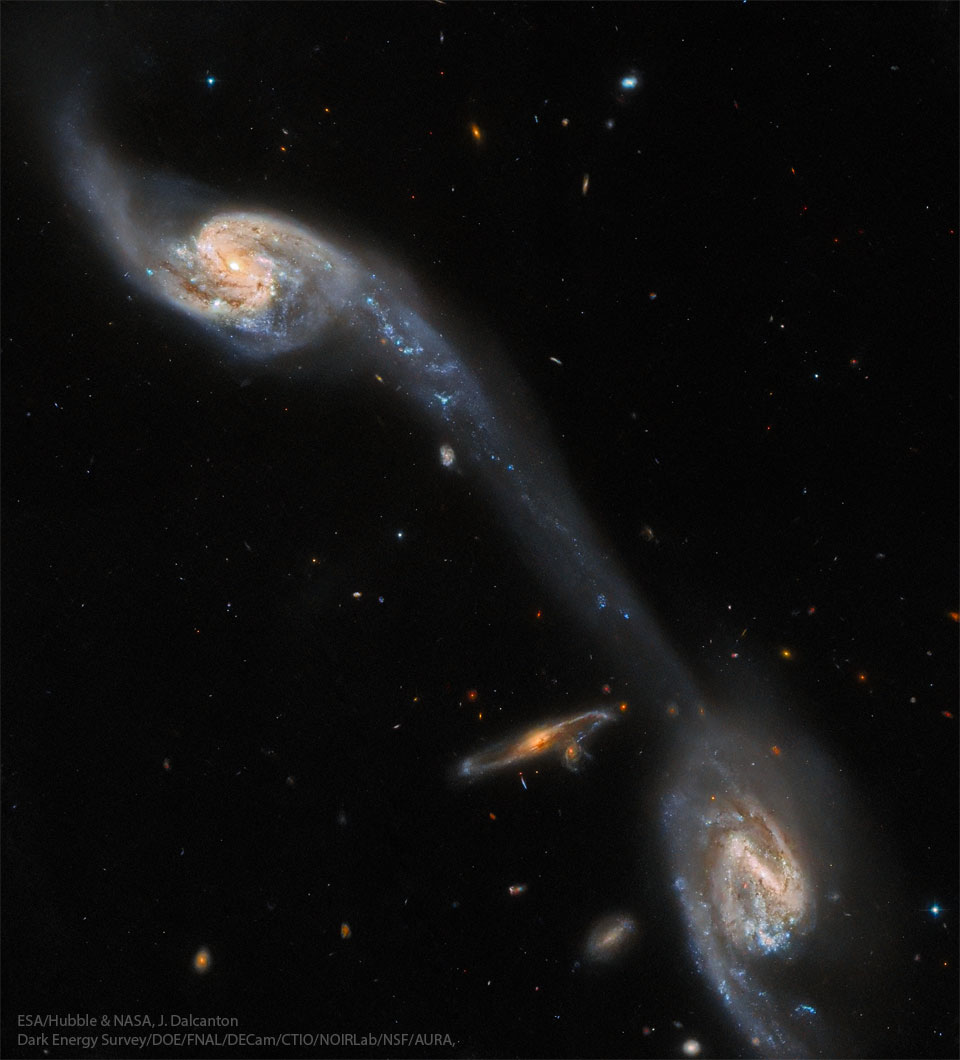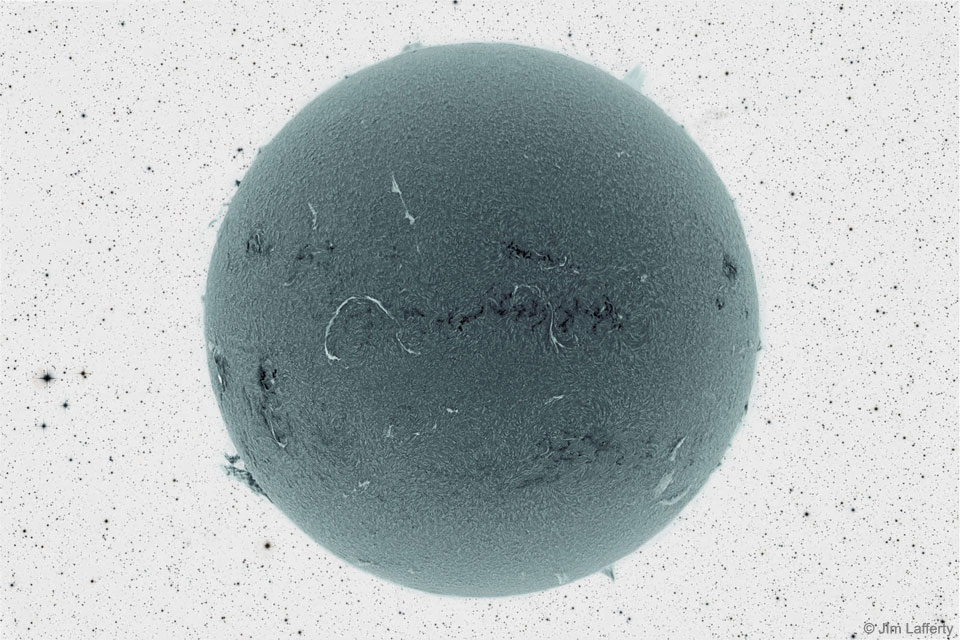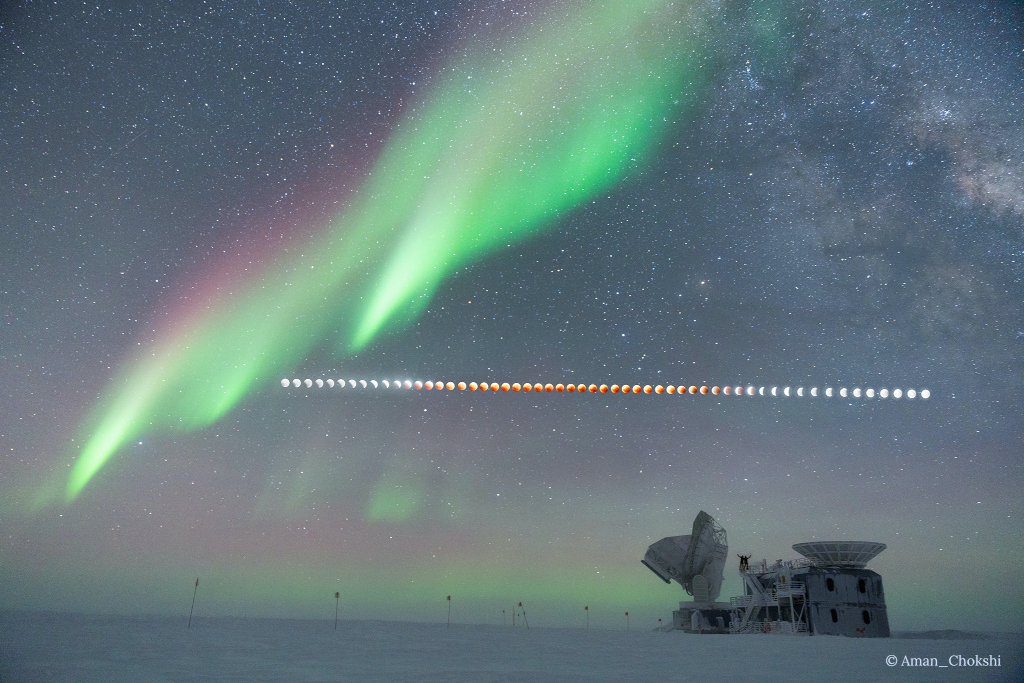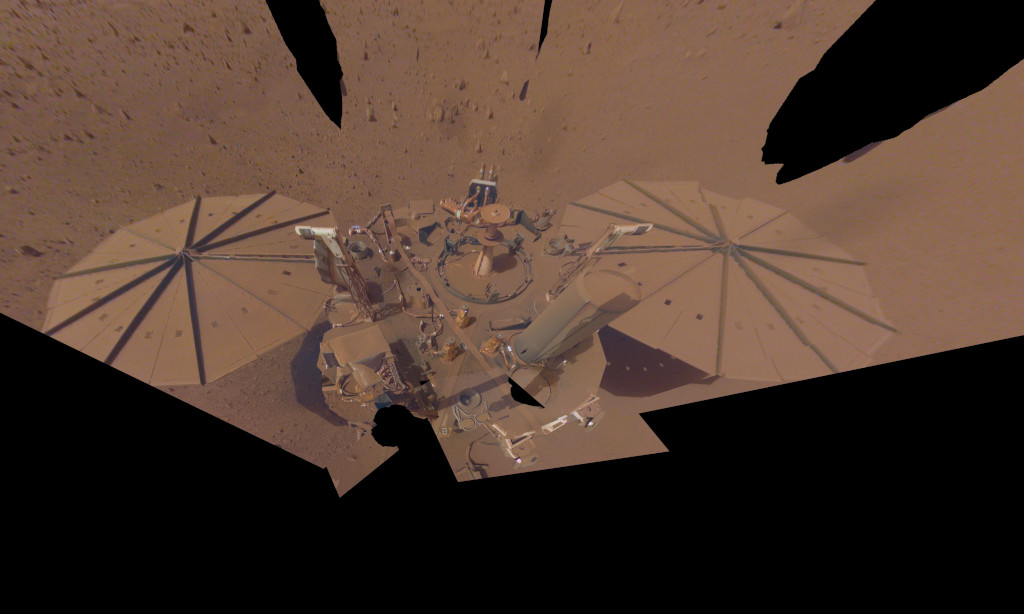안녕하세요, 잡학다식 입니다. 오늘은 과연 나사에서 어떤 방식으로 우주의 형상을 표현해 줄까요?
우선 이미지부터 볼 수 있도록 하겠습니다
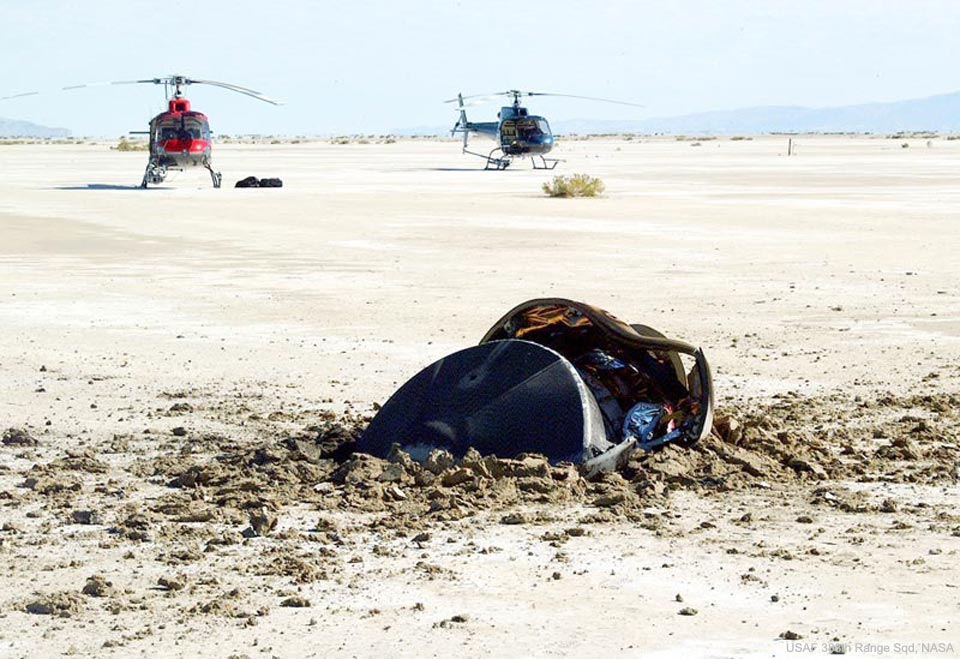
해당 사진의 이름은 Flying Saucer Crash Lands in Utah Desert 인데요 우선 NASA에서 공식적으로 발표한 설명들을 확인해 보겠습니다
A flying saucer from outer space crash-landed in the Utah desert after being tracked by radar and chased by helicopters. The year was 2004, and no space aliens were involved. The saucer, pictured here, was the Genesis sample return capsule, part of a human-made robot Genesis spaceship launched in 2001 by NASA itself to study the Sun. The unexpectedly hard landing at over 300 kilometers per hour occurred because the parachutes did not open as planned. The Genesis mission had been orbiting the Sun collecting solar wind particles that are usually deflected away by Earth's magnetic field. Despite the crash landing, many return samples remained in good enough condition to analyze. So far, Genesis-related discoveries include new details about the composition of the Sun and how the abundance of some types of elements differ across the Solar System. These results have provided intriguing clues into details of how the Sun and planets formed billions of years ago.
이번에도 광활한 우주 앞에 인간이 얼마나 작은 존재인지 다시 한번 알게 되는것 같습니다
저는 내일도 더 좋은 사진과 함께 돌아오겠습니다, 그럼 행목한 하루 되시길 바랍니다
'과학상식' 카테고리의 다른 글
| NASA 나사의 오늘의 이미지들 (2022-11-15) (0) | 2022.11.16 |
|---|---|
| NASA 나사의 오늘의 이미지들 (2022-11-14) (0) | 2022.11.15 |
| NASA 나사의 오늘의 이미지들 (2022-11-12) (0) | 2022.11.13 |
| NASA 나사의 오늘의 이미지들 (2022-11-11) (0) | 2022.11.12 |
| NASA 나사의 오늘의 이미지들 (2022-11-10) (0) | 2022.11.11 |
